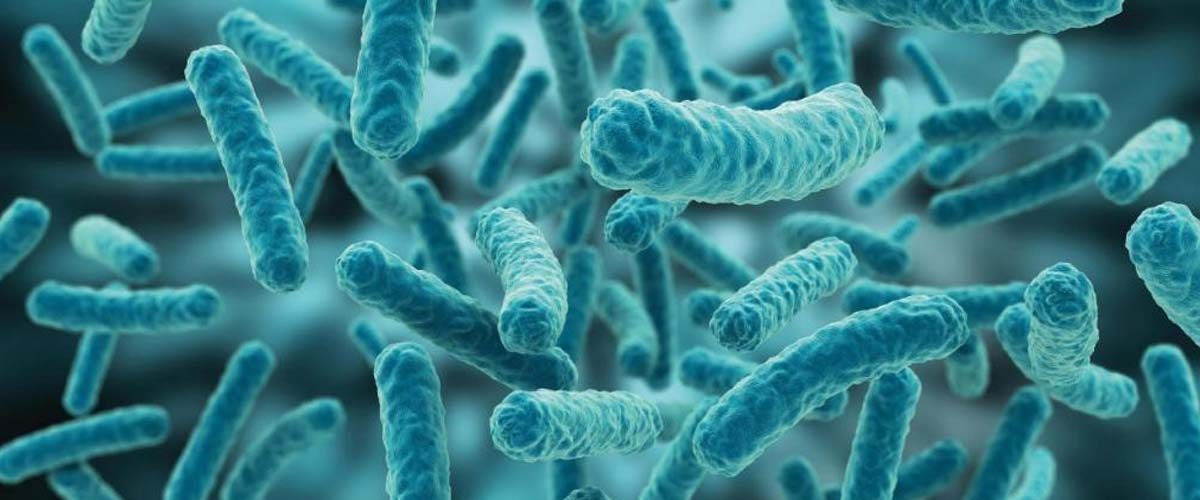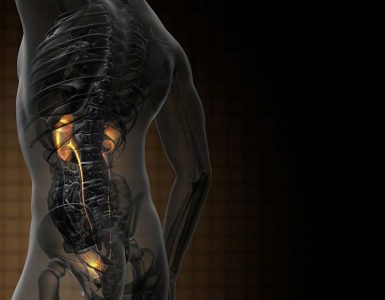Lactic acid bacteria (LAB) is a gram positive bacteria which belongs to the order Lactobacillales and it plays a significant role in the food industry1 especially in fermented foods and beverages by using fermentation processes2. Lactic acid bacteria colonizes in the gastrointestinal and uro-genital tracts of humans and animals and are also found in dairy products, fermented meats, fruits and vegetables3.
The genus Lactobacillus is the largest group which contains over 100 species4. They are characterized as Gram-positive rods, anaerobic but aero tolerant, non-sporulating and catalyses negative. They are commercially used as starter cultures in the manufacture of dairy products, fermented vegetables, fermented dough, alcoholic beverages and meat products5.
Some LAB species are classified as “Generally Recognized As Safe” i.e. GRAS by the United States Food and Drug Administration (FDA) or have the “Qualified Presumption of Safety” i.e. QPS status by the European Food Safety Authority. Accordingly, certain species of these genera are intentionally added to several probiotic products due to their potential health benefits6. Most strains which are used as probiotics belong to the genus Lactobacillus.
The word Kissra was originated from Persian or Iranian, it is an Arabic word which means “King”. The word Kissra has been mentioned in the early Arabic book with the word Aceda5. Kissra is the Sudanese diet. It is a piece of bread prepared from fermented sorghum flour which provided 80% of the protein.
In this context a new study was carried out, the purpose of this study was to isolate and characterize LAB from fermented kissra dough by using both classical and PCR-based molecular methods. The purpose of this study was also to identify the isolates to sub-species level which may help to formulate starter culture as well as in the biological preservation of foods7.
For this purpose, a total of 75 lactic acid bacteria (LAB) isolates have been recovered from fermented kissra dough and characterized at strain level with molecular tools. RAPD analysis was performed initially. Species identification was based on sequence analysis of 16S rRNA gene.
There were 75 lactobacilli isolates. The results showed that, all isolates were Gram-positive, catalase negative, non-endospore-forming, non-motile and produced acid without production of gas from glucose. RAPD analysis was performed initially to cluster the isolates using two different primers R2 and M13. The 16S rRNA was analyzed for the nine different clusters of isolates.
At the end of this experiment, it is concluded that several different species of lactic acid bacteria can be implicated in the fermentation of kissra. Therefore, there is a need for investigation into the selection of the most suitable strains for controlled fermentation of kissra. The starch fermenting strains might be important in the development of the starter cultures and for use in the development of small-scale commercial production of kissra.
Keywords: LAB, kissra dough, fermentation, RAPD PCR, 16s RNA sequence, phylogenetic tree
References:
- Sonomoto K, Yokota A, eds. (2011). Lactic Acid Bacteria and Bifidobacteria: Current Progress in Advanced Research. Caister Academic Press. ISBN 978-1-904455-82-0.
- Leroy, F. and L. De Vuyst, 2004. Lactic acid bacteria as functional starter cultures for the food fermentation industry. Trends Food Sci. Technol., 15: 67-78.
https://doi.org/10.1016/j.tifs.2003.09.004 - Korhonen, J., 2010. Antibiotic resistance of lactic acid bacteria. Dissertations in Forestry and Natural Sciences, The University of Eastern, Joensuu.
http://epublications.uef.fi/pub/urn_isbn_978-952-61-0097-5/urn_isbn_978-952-61-0097-5.pdf - Schleifer, K.H. and W. Ludwig, 1995. Phylogenetic Relationships of Lactic Acid Bacteria. In: The Genera of Lactic Acid Bacteria, Wood, B.J.B. and W.H. Holzapfel (Eds.). Chapter 2, Springer, USA., ISBN: 978-1-4613-7666-8, pp: 7-18.
https://link.springer.com/chapter/10.1007/978-1-4615-5817-0_2 - Canchaya, C., M.J. Claesson, G.F. Fitzgerald, D. van Sinderen and P.W. O’Toole, 2006. Diversity of the genus Lactobacillus revealed by comparative genomics of five species. Microbiology, 152: 3185-3196.http://mic.microbiologyresearch.org/content/journal/micro/10.1099/mic.0.29140-0
- De Vuyst, L. and F. Leroy, 2007. Bacteriocins from lactic acid bacteria: Production, purification and food applications. J. Mol. Microbiol. Biotechnol., 13: 194-199.
https://www.karger.com/Article/Abstract/104752 - El-Tayeb, A., 1964. The changing customs of the Riverain Sudan-3. Sudan Notes Records, 45: 12-28.
https://www.africabib.org/rec.php?RID=P00001820&DB=p
















Add comment